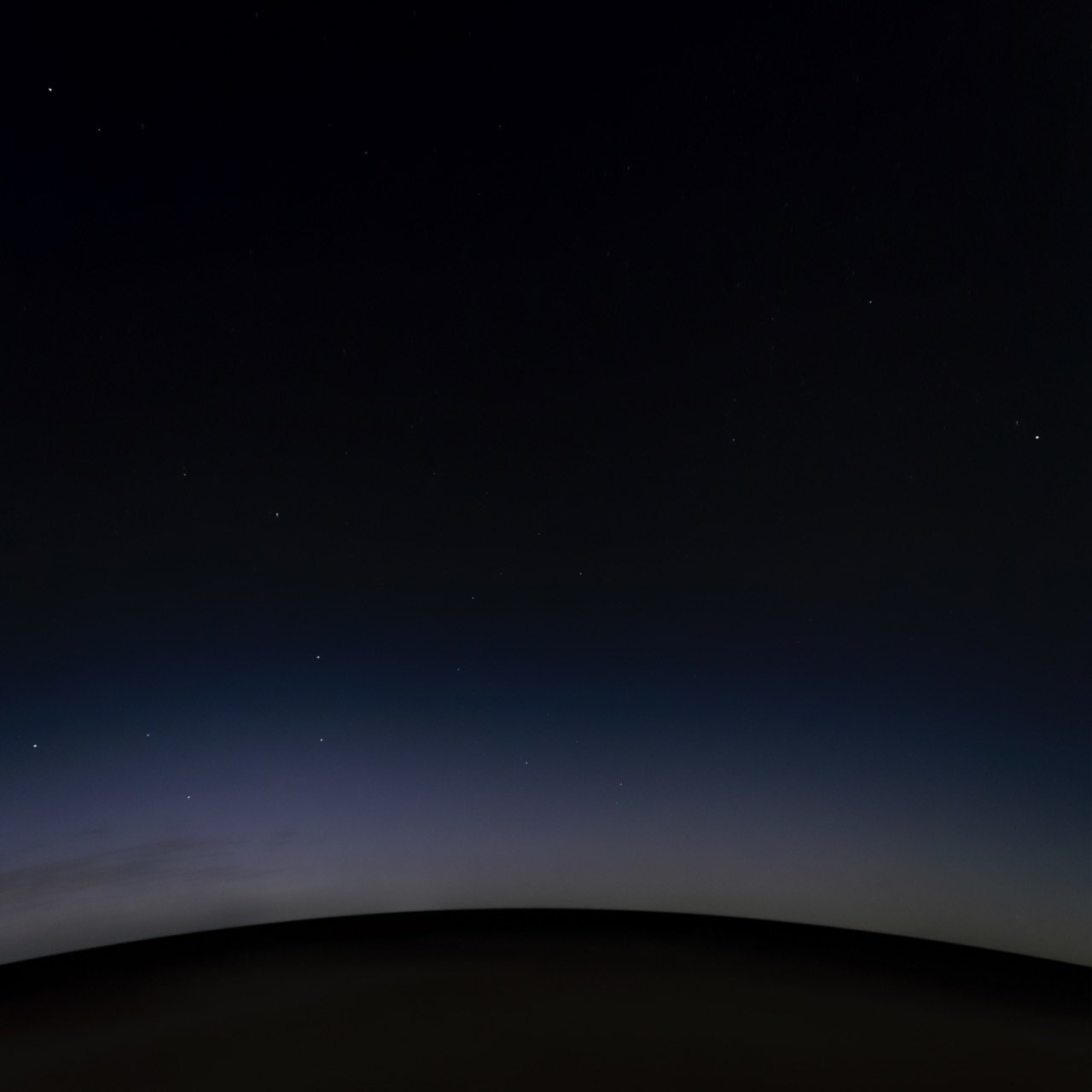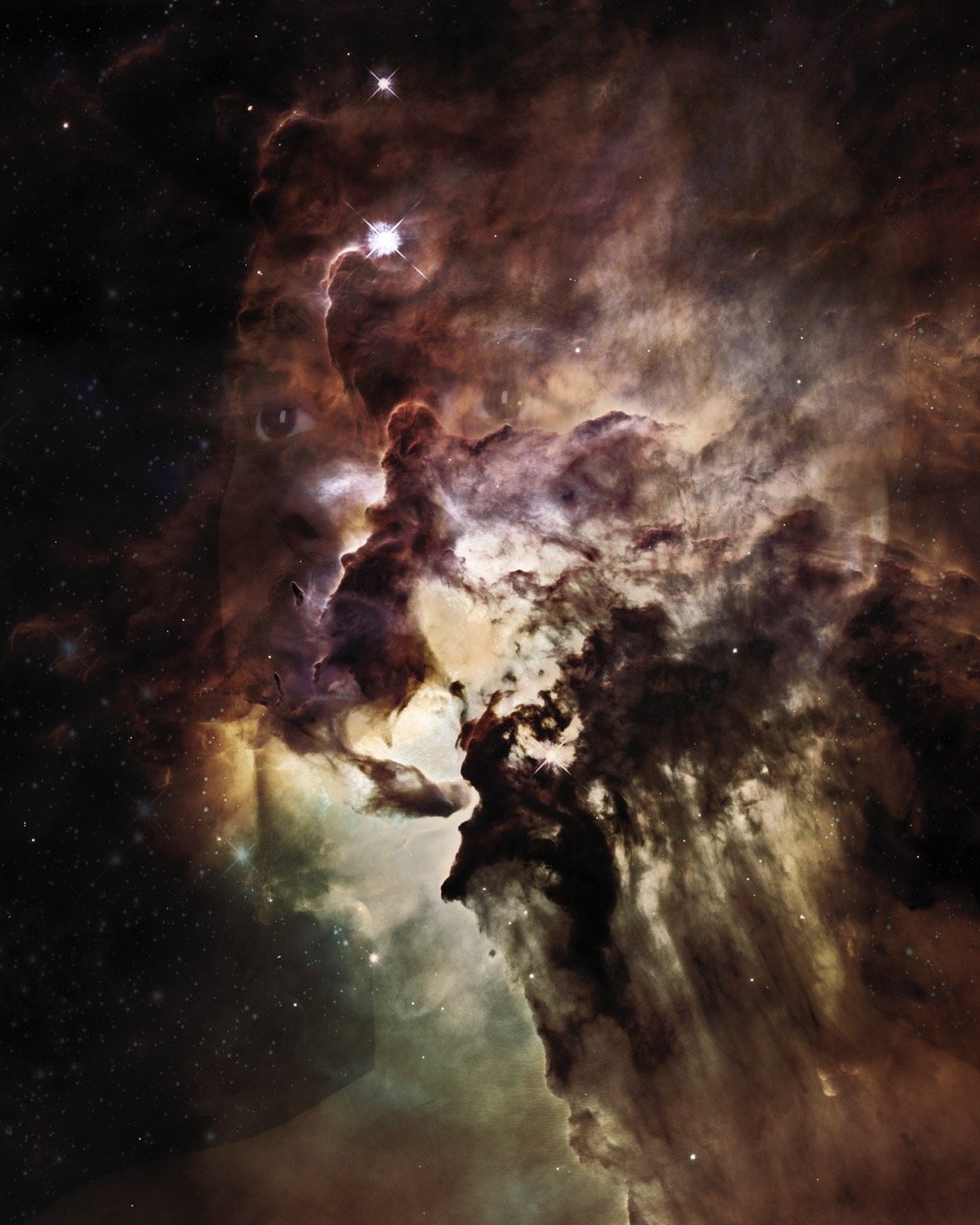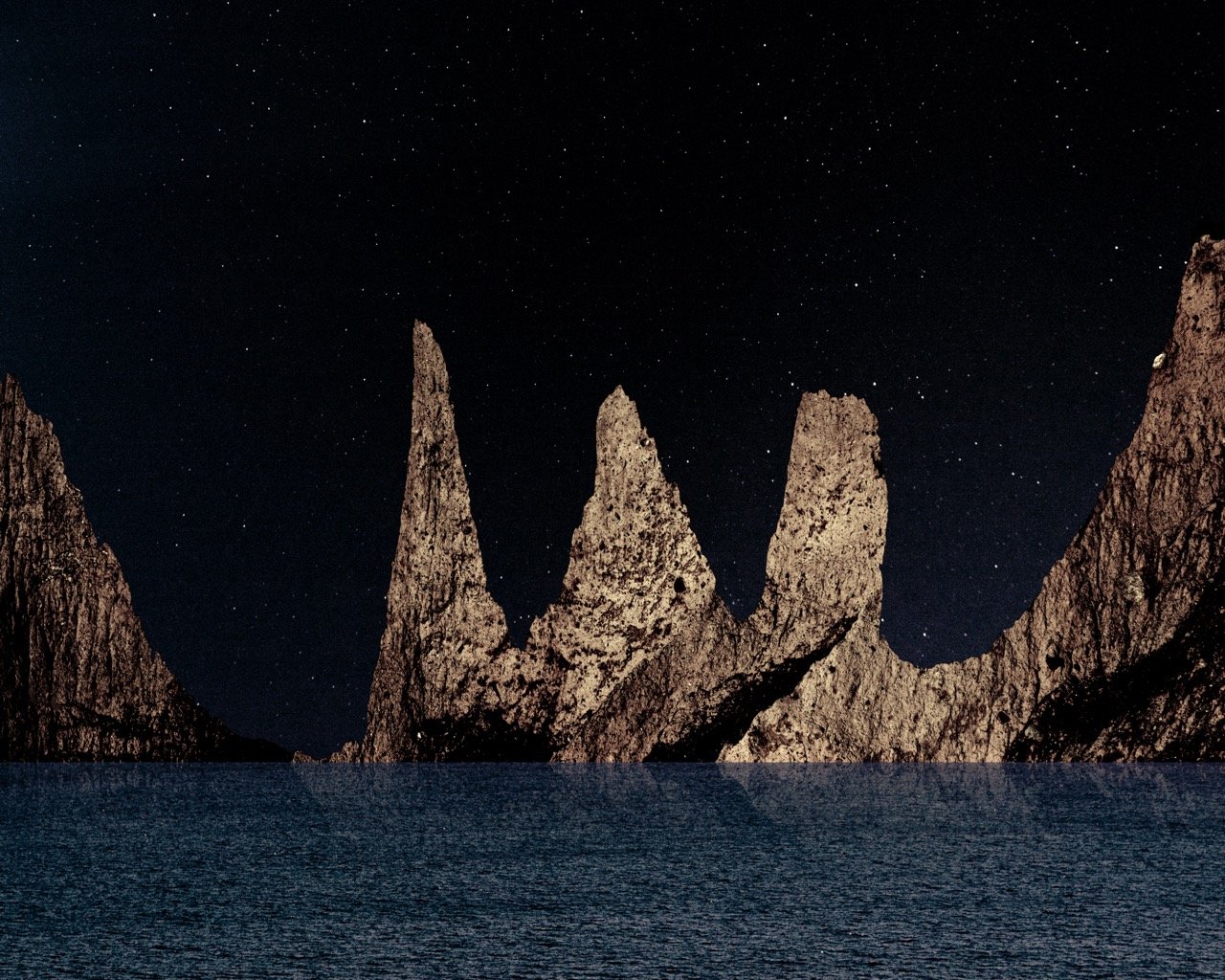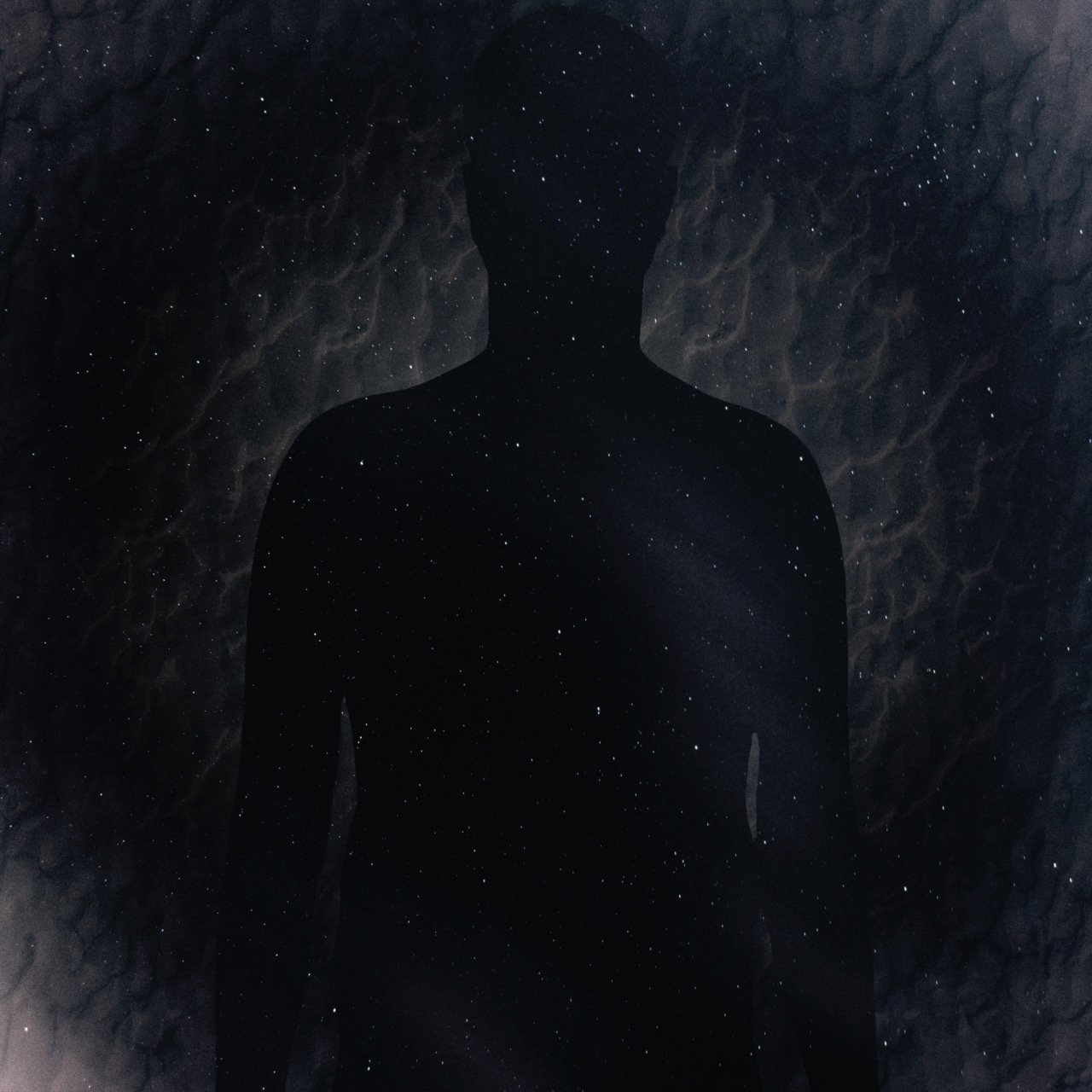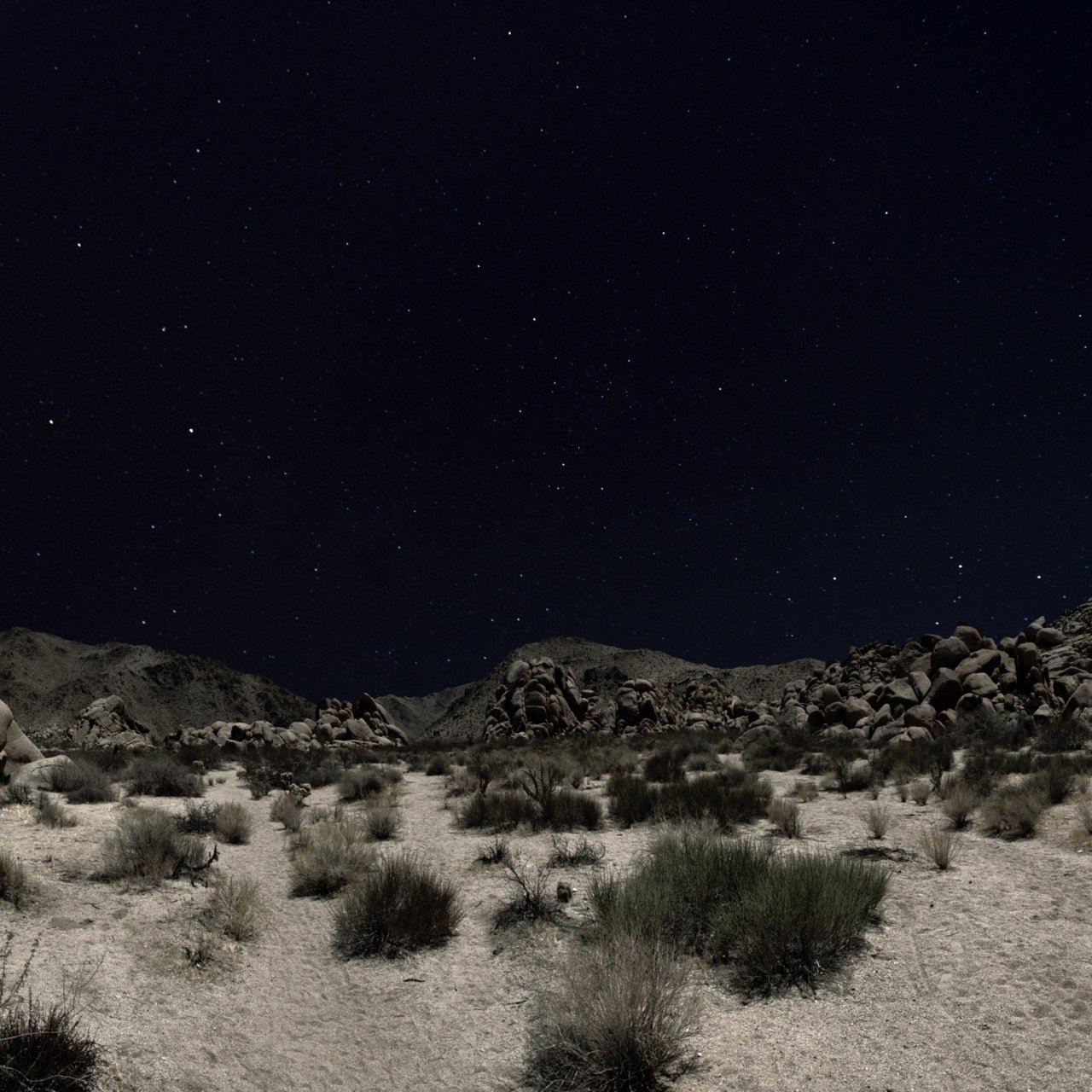Blue Hour Artist Feature: Granville Carroll
BLUE HOUR
November 4 – December 21, 2022
Candela Gallery presents Blue Hour, a group exhibition inspired by seasonal depression, featuring photographic works by Granville Carroll, Peter Cochrane, Heather Evans Smith, Dylan Hausthor, Galina Kurlat, Raymond Thompson Jr, and Em White.
“Entering into this imaginary world is not an act of transcendence but an act of immanence; it is not about going beyond the self, but merging with all that exists.”
GRANVILLE CARROLL
Upward, 2019. Archival Pigment Print, 20 x 20 inches.
Edition 1 of 10. $2500. SHOP >
Becoming, 2019. Archival Pigment Print, 28 x 22 inches.
Edition 2 of 10. $3000. SHOP >
Throughout the works in Blue Hour, there are sprinkled the celestial landscapes and figures by artist Granville Carroll. Carroll describes his series, Because the Sun Hath Looked Upon Me, as a photographic project examining identity construction on an individual, societal, and cosmological level, responding to racial limitations and judgements thrust upon the African diaspora.
As Above, So Below, 2019. Archival Pigment Print, 30 x 24 inches. Edition 1 of 10. $3000. SHOP >
In Because the Sun Hath Looked Upon Me, the artist sites his own early connection to nature, his spiritual upbringing, and Afrofuturist thought as inspirations for his cosmic compositions.
In Carroll’s imagery, the artist presents Blackness, often associated with voids and darkness, as a serene, beautiful realm of possibility and exploration, an expanse above layers of land and sea which tether the viewer to a present and physical reality. Sharp horizon lines separate these forms, creating both a barrier and an unending, distant possibility to move toward.
New Horizons, 2019. Archival Pigment Print, 24 x 30 inches. Edition 1 of 10. $3000. SHOP >
“Liquid blackness teaches us that Blackness is not singular, it is fluid and all encompassing. By intersecting myth, science, and philosophy, I begin to reorganize my world and formulate new ways of navigating the future. I want to reduce the idea of separateness that is a result of labelling and categorization. Because the Sun Hath Looked Upon Me introduces a new way to perceive Blackness as it continues to permeate everything in existence.”
Black Universe, 2020. Archival Pigment Print, 20 x 20 inches. Edition 1 of 10. $2500. SHOP >
Carroll pulls from early techniques of combination printing, utilizing digital photo manipulation to represent his body as a vessel of the vast expanse of the universe which exists outside of the primarily-Eurocentric ideas of race. He references Lorna Simpson’s removal of racial identity from the act of viewing the body, as well as Kehinde Wiley’s re-contextualization of the Black figure within Western art history as points on a spectrum within which he finds his own practice.
With his thesis series, Granville Carroll has created his own promised land, “an open world for self-projection.”
Selah, 2020. Archival Pigment Print, 20 x 20 inches. Edition 2 of 10. $3000. SHOP >

